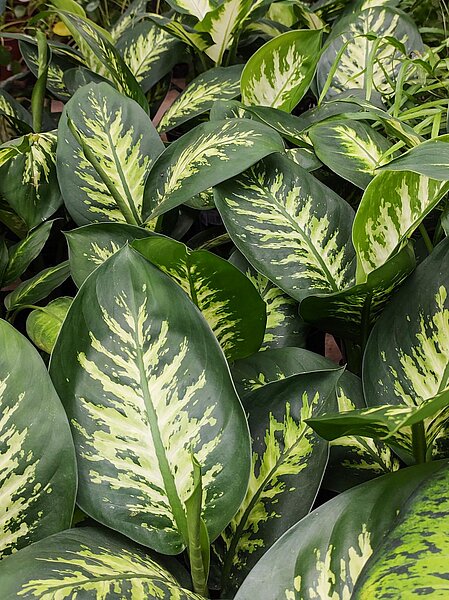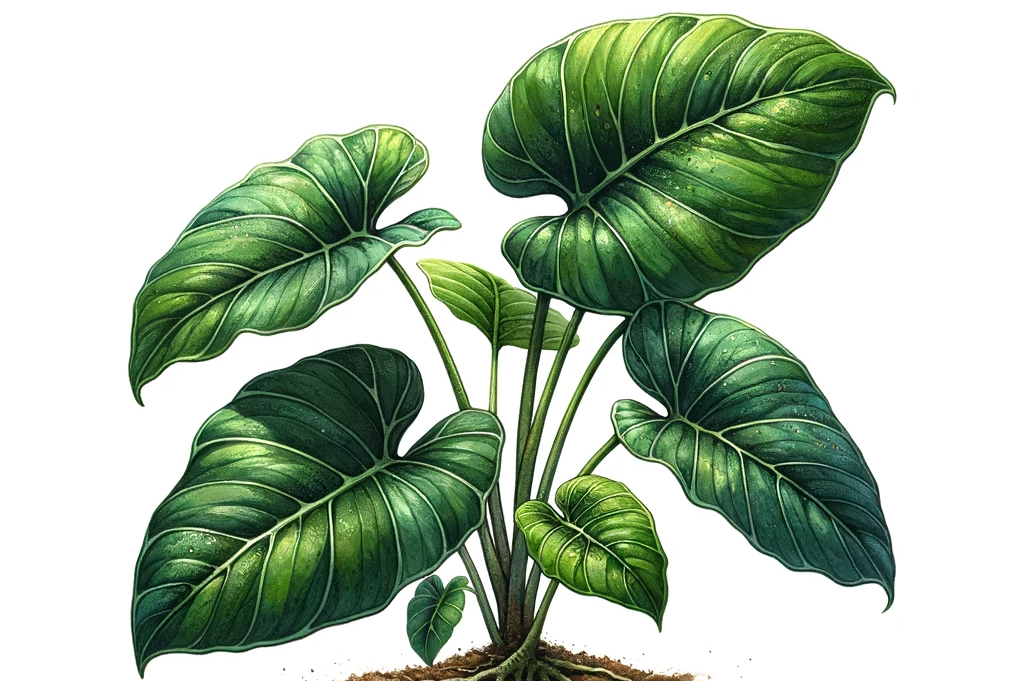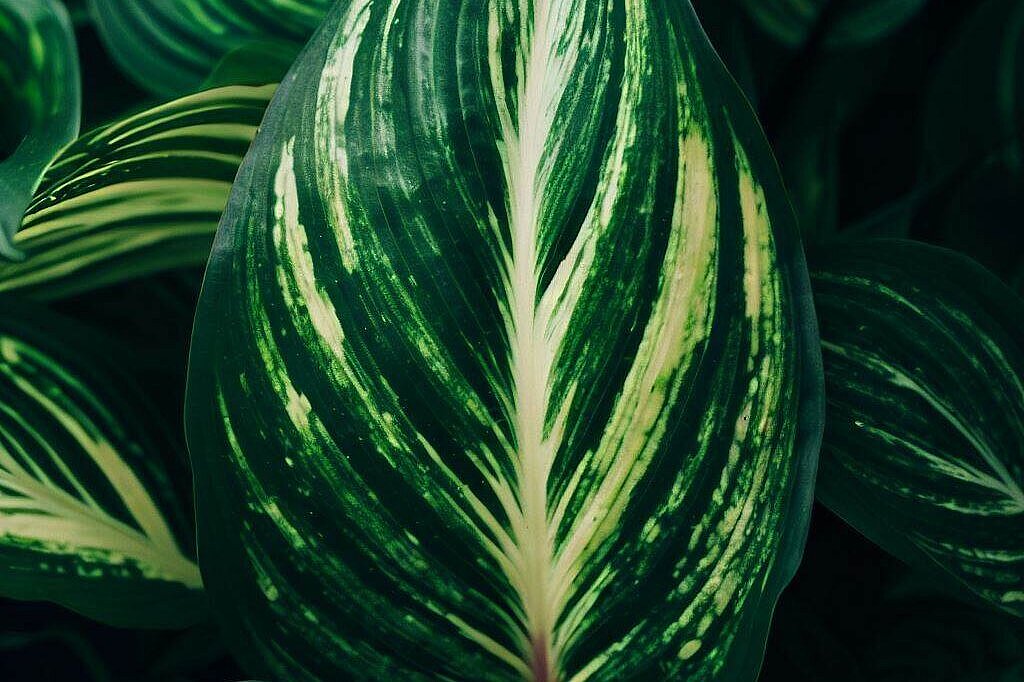Dieffenbachia

The Dieffenbachia is poisonous to dogs
Unfortunately, the Dieffenbachia is not only beautiful to look at, but also poisonous for dogs. The plant contains so-called calcium oxalate crystals, which can cause irritation on contact with the skin or mucous membranes. If your dog nibbles on the Dieffenbachia or eats it, he may show the following symptoms:
- Salivation
- Swelling of the mouth, tongue or throat
- vomiting
- diarrhea
- Difficulty breathing
- cramps
- Paralysis
The severity of the poisoning depends on the amount of plant parts ingested and the weight of the dog. In rare cases, dieffenbachia poisoning can even lead to death. You should therefore consult a vet immediately if you suspect poisoning and not give your dog any household remedies such as milk or activated charcoal.
Dieffenbachia is not only poisonous to dogs, but also to humans and other pets such as cats or birds. You should therefore always keep the plant out of the reach of children and animals and wear gloves when repotting or pruning.
Dieffenbachia is also good for dogs
Despite its toxicity, the Dieffenbachia also has benefits for dogs. As already mentioned, the plant can improve the air quality and thus promote the dog's well-being. The Dieffenbachia can also serve as a natural privacy screen and provide your dog with a place to rest or hide. The green color of the plant also has a calming and relaxing effect on dogs.
The Dieffenbachia is therefore a plant with advantages and disadvantages for dogs. If you want to keep it in your home, you should take some precautions to avoid poisoning. Place the plant in a high or safe place where your dog cannot reach it. Teach your dog not to chew or eat the plant. Check the plant regularly for fallen leaves or stems and remove them immediately. If you are unsure whether your dog has eaten anything from the Dieffenbachia, contact a vet.
If you notice any signs of hypersensitivity or poisoning in your dog, you should see your vet immediately. We are not a substitute for a vet, but we try to be as accurate as possible. Every dog reacts differently and we recommend you get a second opinion or consult your vet if in doubt.
Stay healthy and take good care of your four-legged friend!😊
Similar to Dieffenbachia
Philodendron is a genus of around 600 plant species that mostly grow as climbing or hanging plants. They often have large, glossy leaves that are colored in various shades of green or with colorful...
The giant arrowleaf is a tropical plant from the Araceae family that is known for its impressive, large leaves. Originally native to the rainforests of Southeast Asia and the Pacific, this plant has...
Caladia is an ornamental foliage plant that grows from an underground tuber. The tuber serves as a survival organ, i.e. it stores nutrients and water for the plant. In winter, the caladia retracts...
Anthurium andraeanum is a species of plant in the arum family, originally from South America. The plant is also known as the flamingo flower or tail lily and is particularly popular because of its...



